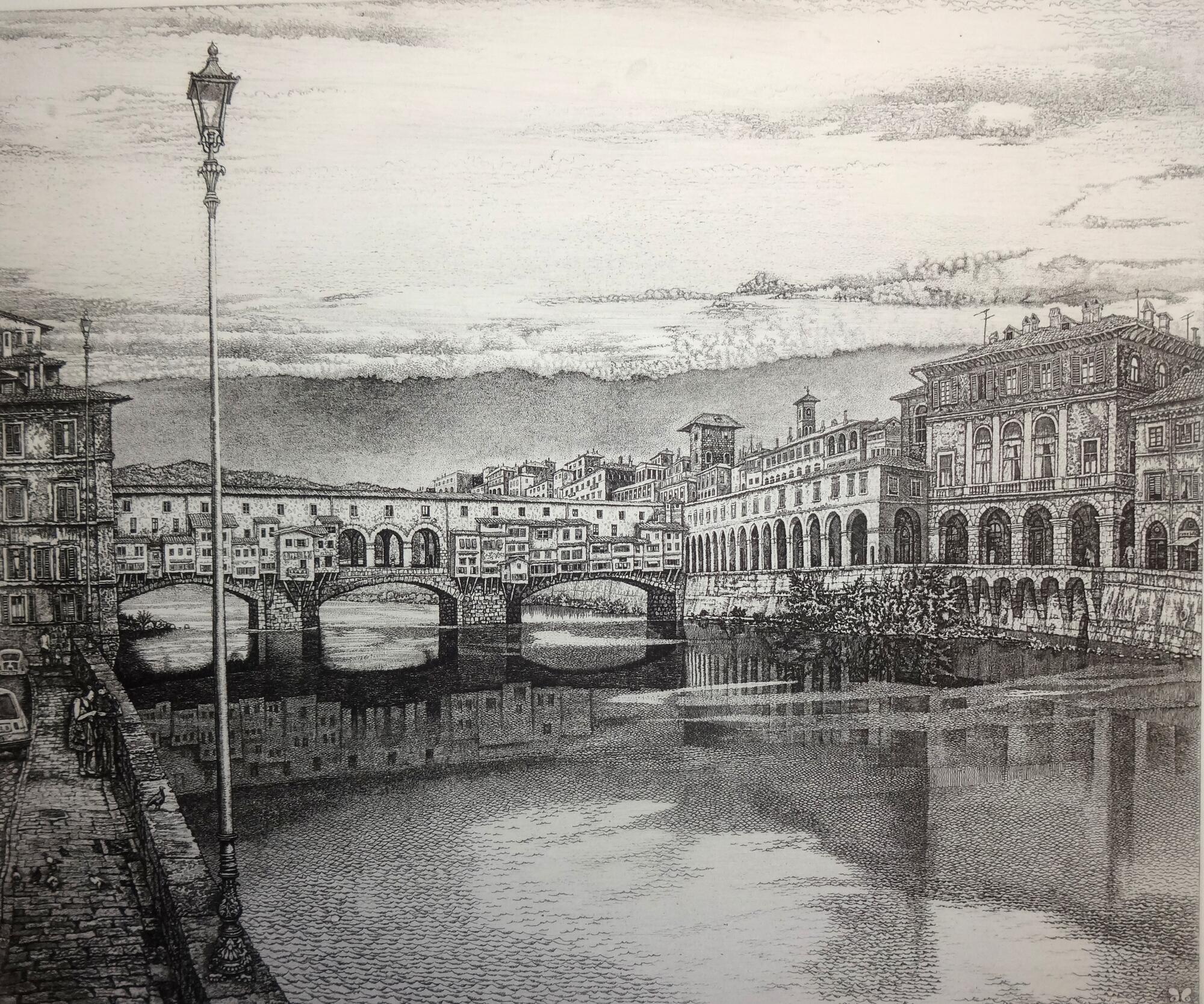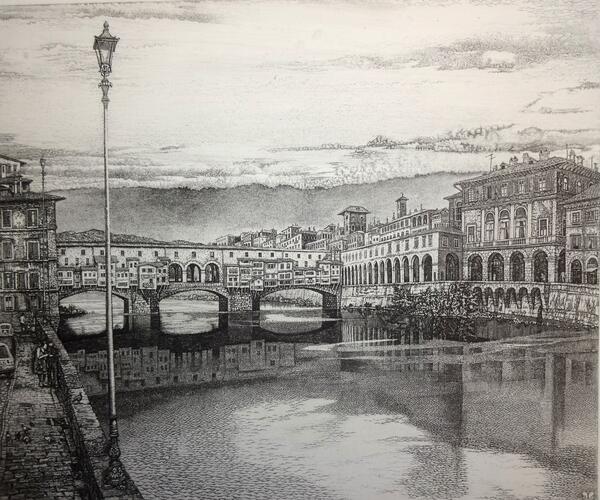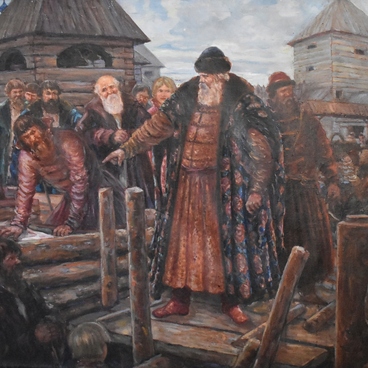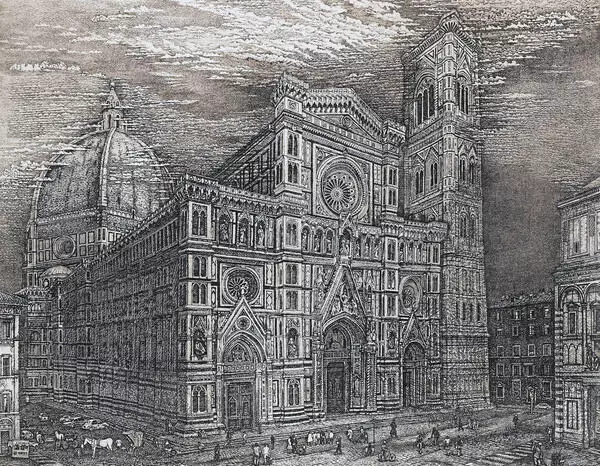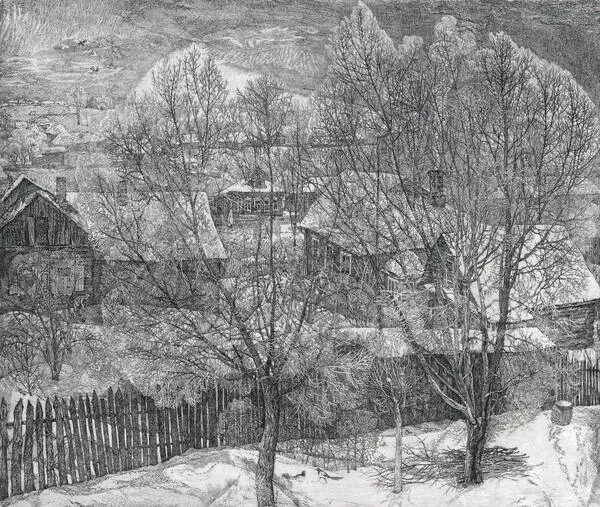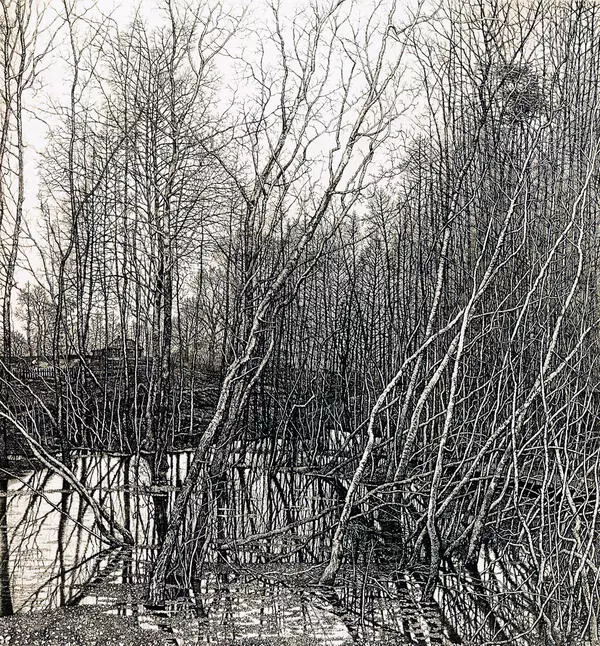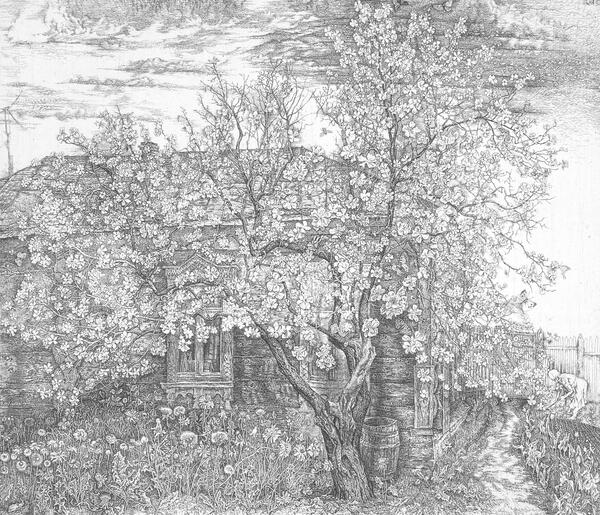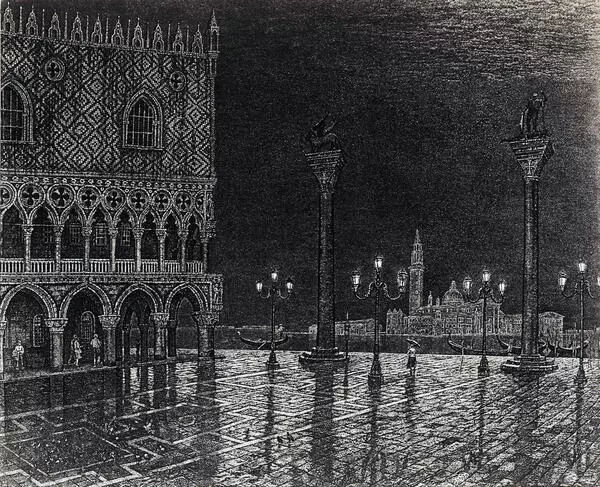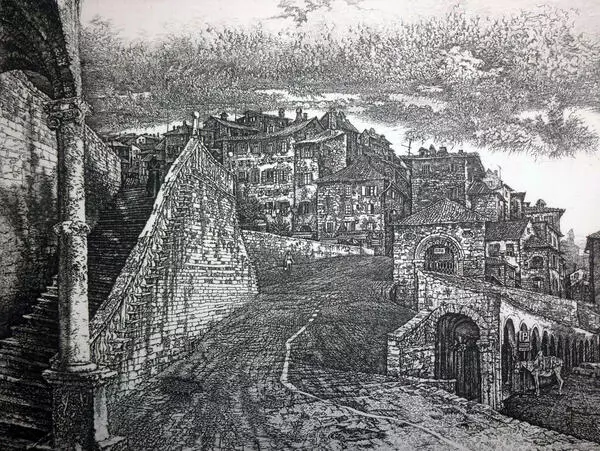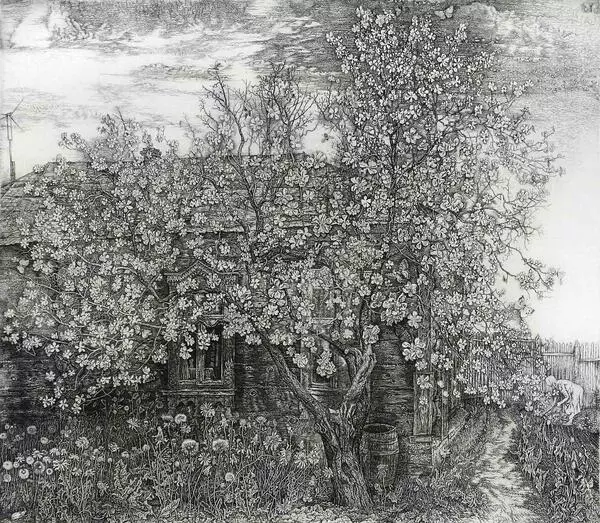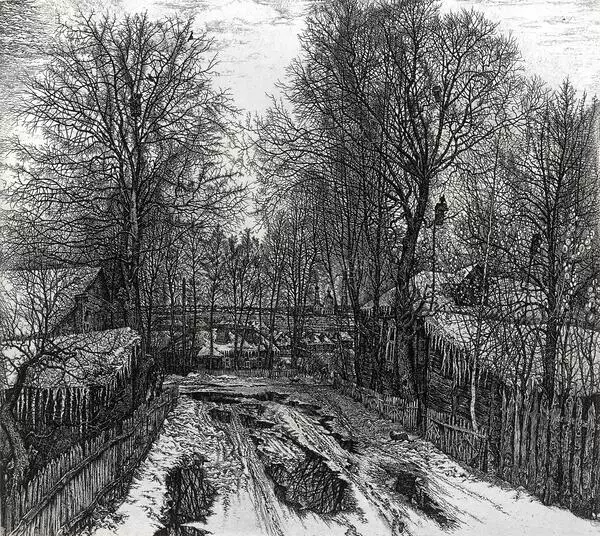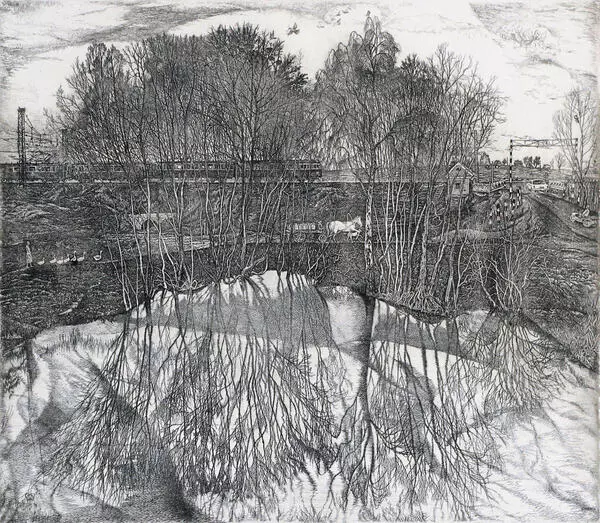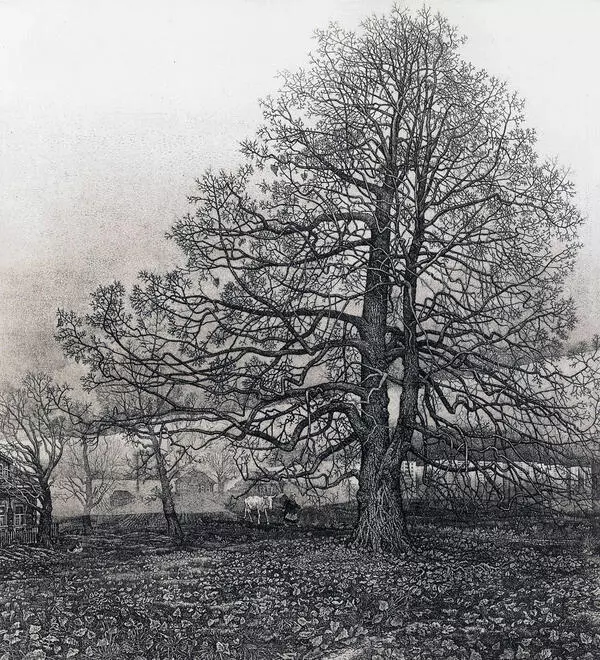The Ponte Vecchio (Italian for “old bridge”) is a bridge in Florence located at the narrowest point of the river Arno, almost opposite the Uffizi Gallery. It is first mentioned in documents from 996. It is known that the first bridge on this spot was built back in the days of the Roman Empire. The Via Cassia Road ran across it at the time. Its piles were made of stone and all the superstructures were made of wood. At the beginning of the 12th century, it was destroyed by a powerful flood that hit the city and was later rebuilt from stone. However, even the stronger stone construction of the bridge did not save it from secondary damage by the flood in 1333. In 1345 it was rebuilt by the architect Neri di Fioravante. From that period the bridge has survived to this day. It is the oldest bridge in the city that retains its original appearance. Originally it had butchers’ shops, but now it is occupied by jewelry shops and souvenir vendors. The distinctive feature of the bridge is houses closely spaced on both sides.
During the Second World War, the Ponte Vecchio was not blown up like other historic bridges in Florence. According to one version, the German army leaving the city in 1944 was prevented from doing so by Resistance fighters. According to another version, the bridge survived thanks to Hitler’s special order to keep it intact.
Almost all the works in Stanislav Mikhailovich Nikireev’s Italian series, like this etching, were created on the basis of previously made sketches and drawings from life. The main function of such sketches was to consolidate the impression of the general composition scheme and images, which were later complemented by various details reproduced thanks to the artist’s amazing visual memory. A further difficulty in creating a future etching is that it is executed on a specially prepared metal plate on which the drawing in reverse is applied with a needle.
When comparing the drawing and the etching made on its basis, one can see that all the advantages of the former and its very composition are present in the latter; but thanks to a wider tonal range and precise details the image has acquired even greater intensity, precision and vibrancy in the etching.
During the Second World War, the Ponte Vecchio was not blown up like other historic bridges in Florence. According to one version, the German army leaving the city in 1944 was prevented from doing so by Resistance fighters. According to another version, the bridge survived thanks to Hitler’s special order to keep it intact.
Almost all the works in Stanislav Mikhailovich Nikireev’s Italian series, like this etching, were created on the basis of previously made sketches and drawings from life. The main function of such sketches was to consolidate the impression of the general composition scheme and images, which were later complemented by various details reproduced thanks to the artist’s amazing visual memory. A further difficulty in creating a future etching is that it is executed on a specially prepared metal plate on which the drawing in reverse is applied with a needle.
When comparing the drawing and the etching made on its basis, one can see that all the advantages of the former and its very composition are present in the latter; but thanks to a wider tonal range and precise details the image has acquired even greater intensity, precision and vibrancy in the etching.
